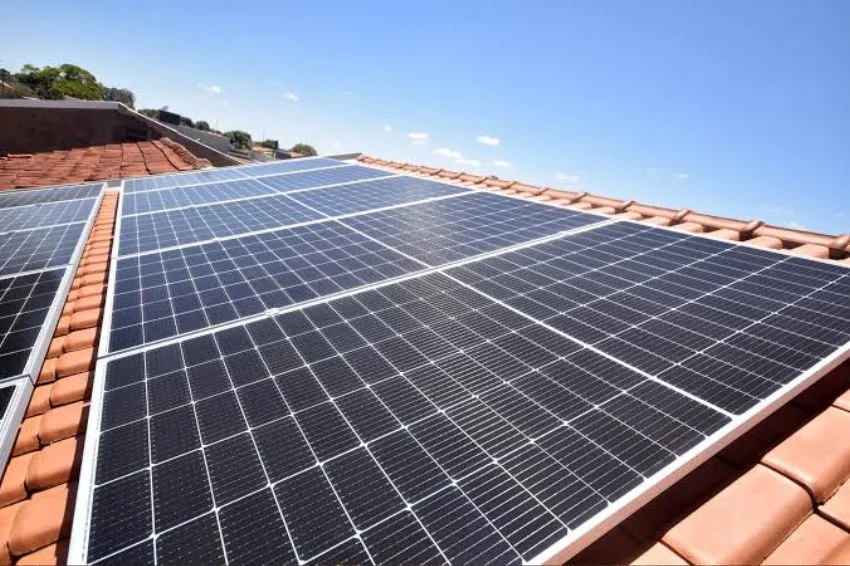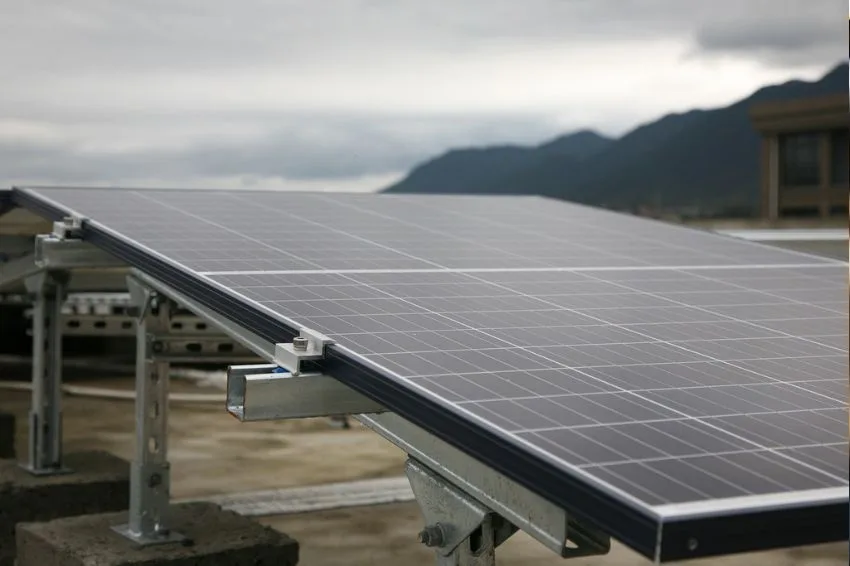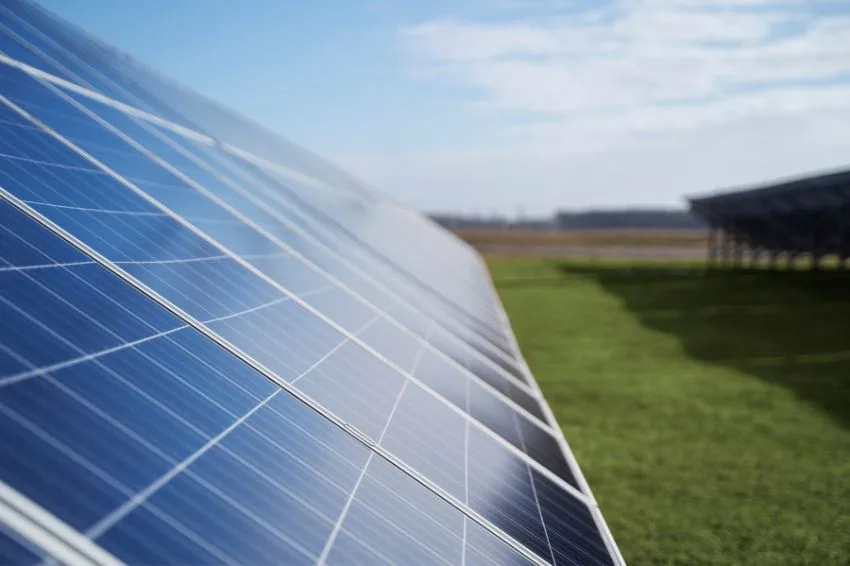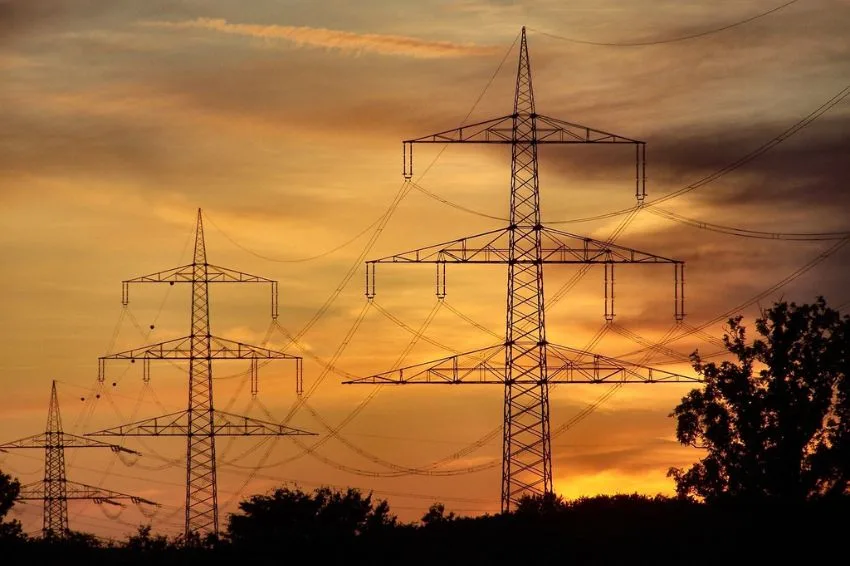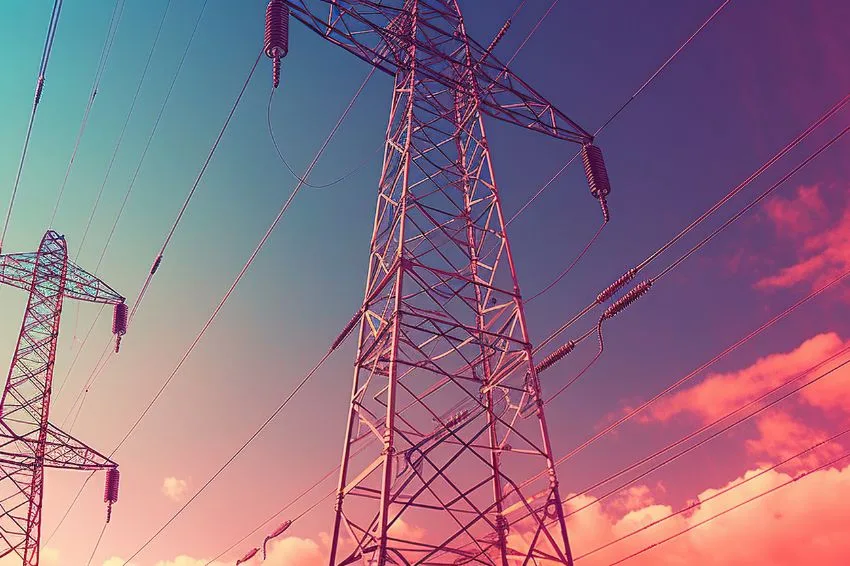O energy consumption in the regulated market grew by 2.5% in 2023, but if consumers were not producing their own electricity, demand would have increased by 5.9%. This is what official data from the CCEE (Electric Energy Trading Chamber) revealed last Friday (2/2) points out.
One of the important contributions of DG (distributed generation) is precisely to reduce the cost pressure of expanding the Brazilian electricity matrix. If the consumer generates their own energy, consequently there is a reduction in demand from the grid, meaning that the government has less need to hire new plants.
According to CCEE, the distributed micro and minigeneration segment, represented by photovoltaic panels installed in homes and businesses, generated 4,140 MWmed last year, an increase of 63.9% compared to 2022. The states that produced the most solar energy were Minas Gerais, São Paulo, Rio Grande do Sul, Paraná and Santa Catarina.
The installed DG capacity increased from 18,120 MW in December 2022 to 25,818 MW at the end of 2023, an increase of 42.5%. “This modality helps to reduce demand from the SIN (National Interconnected System), as the consumer produces their own energy.”
“If there had not been this type of generation, consumption in the regulated market would have been 5.9% higher than the previous year under the same conditions, against the growth of 2.5% in consumption officially registered in the regulated market”, informed the CCEE in a note to press.
The regulated market brings together around 89 million consumers and currently represents 63.2% of national electricity consumption, mostly made up of residential customers and small businesses. In 2022 this percentage was 64%.
In the free market, made up of large companies and industries with a 36.8% share in national consumption, consumption growth was 5.9% in the annual comparison.
Adding the two contracting environments, national energy consumption reached 69,363 MWmed in 2023, an increase of 3.7% compared to 2022. “The heat waves that crossed the country in the second half of the year and the good performance of some sectors of the economy were the main factors for the increase”, explained the CCEE.
Record renewable energy production in 2023
It is not only in GD that solar energy is highlighted in Brazil. According to CCEE, renewable plants (wind, centralized solar, hydroelectric and biomass) produced 70,206 MWmed in 2023. This means that 93.1% of all electricity produced in the year came from clean energy. The remainder (6.9%) came from fossil thermoelectric plants that use natural gas, mineral coal and diesel oil as fuel.
For Alexandre Ramos, president of the CCEE Board of Directors, the result confirms Brazil's leading role in the global energy transition process and its potential for new sustainable businesses, such as low-carbon hydrogen.
“We have some of the best winds in the world and unique sunshine, which make us stand out on the international scene. In the coming years, the opening of the free energy market for all high voltage, already operational since January, should further boost demand for renewable energy”, he highlighted.
In 2023, wind farms and solar farms spread across Brazil produced more than 13 thousand MWmed, an amount 23.8% higher in the annual comparison. ANDThis advance was driven by the favorable climatological scenario, especially for the production of solar energy and the entry of new plants into the SIN, which increased the installed capacity of these two sources to more than 42.6 thousand MW, equivalent to three plants the size of Itaipu.
The hydroelectric plants, with 58% of participation in the Brazilian electricity matrix, produced 50 thousand MWmed, an increase of 1.2% compared to 2022. “The plants ended the year with comfortable reservoir levels to face the dry period of 2024, thanks to the scenario favorable water supply over the last two years and the complement of alternative sources, such as wind and solar”, said CCEE.
Biomass thermoelectric plants, whose main raw material is sugarcane bagasse, generate 3,218 MWmed, an increase of 9.6%.
All content on Canal Solar is protected by copyright law, and partial or total reproduction of this site in any medium is expressly prohibited. If you are interested in collaborating or reusing part of our material, we ask that you contact us via email: [email protected].


